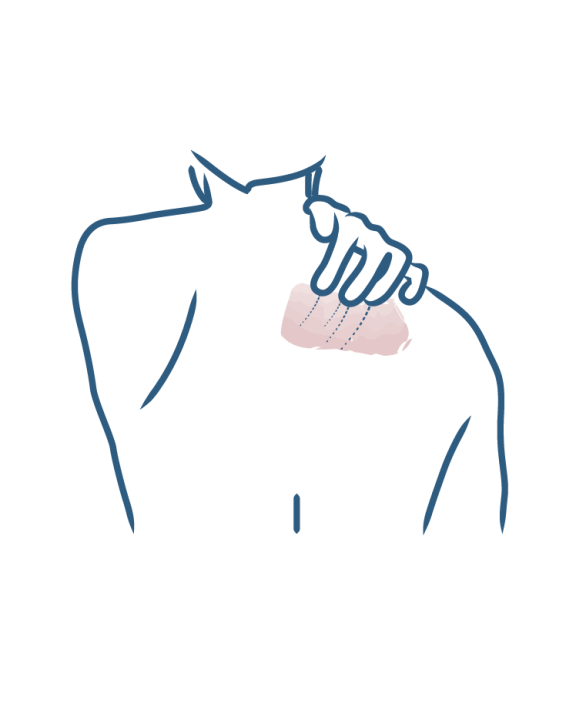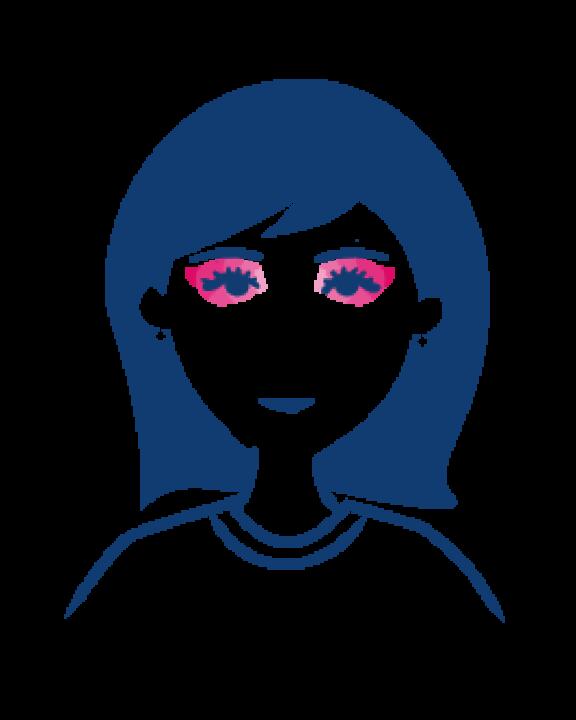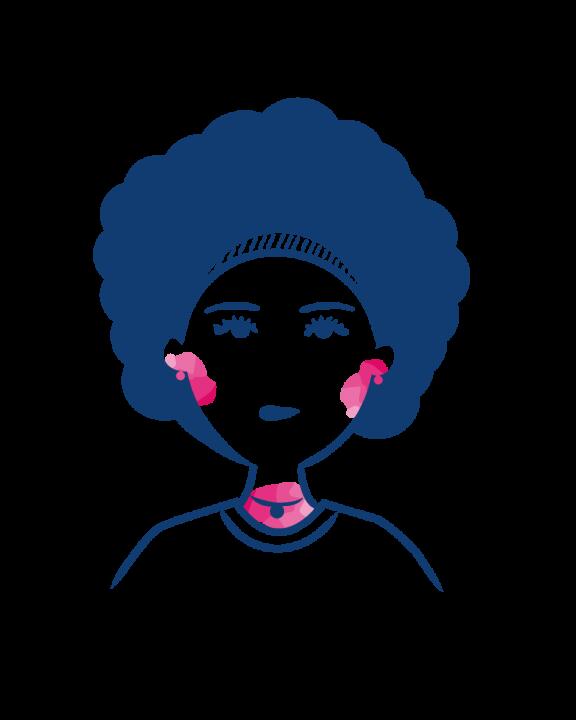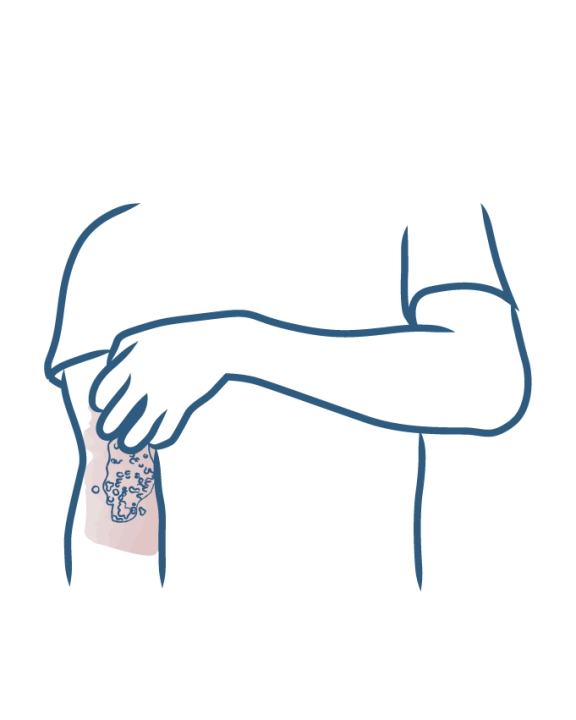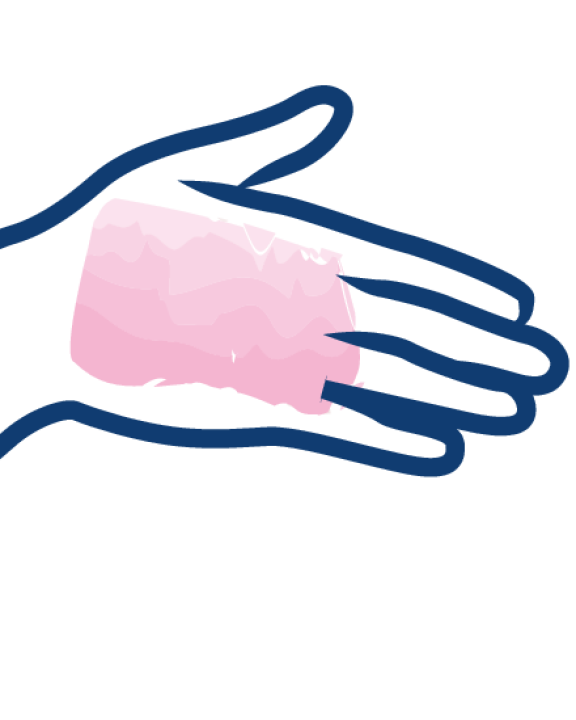Body eczema: hands, feet, arms, back, face, etc
- SUMMARY
- Eczema
Eczema on the stomach and belly button
- Living with eczema day to day
- What soap should be used for eczema?
- Eczema cream, ointment: what should you use?
- Eczema: can it be cured?
- Eczema: how to treat itching
- Swimming pool, swimming when you have eczema?
- Which detergent should eczema patients use?
- Eczema: how can flare-ups be avoided?
- What are the habits to avoid when you have eczema?
- Eczema: What daily reflexes should you adopt?
- Eczema: what food should you eat?
- Baby’s eczema, infant eczema: what is it?
- What soap should be used for babies with eczema?
- Eczema in babies and children: the areas most often affected
- Eczema in babies: what habits should you adopt?
- How should you treat baby’s and infant’s eczema?
- Which cream should you use for baby's eczema?
- When should you consult a physician about your baby's eczema?
- Body eczema: hands, feet, arms, back, face, etc
- Arm eczema (elbows, armpits, forearms)
- Eczema of the eyelids, eyes or palpebral eczema
- Foot eczema
- Eczema around the mouth
- Eczema of the legs or varicose eczema
- Eczema in the ears
- Hand and finger eczema (chronic hand eczema)
- Facial eczema
- Eczema on the stomach and belly button
- Eczema on the neck and nape of the neck
- Scalp eczema
- Eczema on the back

Eczema on the stomach and belly button
Stomach eczema can affect babies, children and adults. The areas of the stomach affected vary according to age.
Stomach eczema according to age
Eczema on the stomach is very common, especially in babies who develop eczema in the first few months of life. It is also known as torso eczema. The plaques on the stomach are very red. In older children and adults, eczema can still affect the stomach, but it can also affect areas close to the stomach. There are cases of nipple eczema, eczema of the neckline and eczema of the lower stomach.
Belly button eczema
In the lower abdomen, the belly button is a very small area also affected by eczema. Belly button eczema is often a contact eczema, due to an allergy to metals, especially nickel. Nickel is present in pants buttons, belt buckles, piercings, etc. Patients describe a red and painful belly button.
To limit belly button eczema, it is advisable to wear a cotton t-shirt under clothing, preferably wear pants with non-metallic buttons and belts with small buckles so that they do not come into contact with the skin, and to remove piercings.
What is the best treatment for stomach eczema?
In the case of stomach eczema, the itching is often very intense, and the individual does not hesitate to scratch themselves through the clothing or directly by lifting a piece of clothing. Cut the nails short to avoid injuries, superinfections and scars.
In the event of stomach eczema, cortisone creams can be applied to the entire stomach, including areas considered more fragile such as the belly button or nipple.
Moisturizing the skin is essential to prevent new flare-ups of eczema on the stomach. After showering, take the time to moisturize from head to toe with an emollient.
More information
- Discover Hand and finger eczema (chronic hand eczema)
Body eczema: hands, feet, arms, back, face, etc
Hand and finger eczema (chronic hand eczema)
- Discover Facial eczema
Body eczema: hands, feet, arms, back, face, etc
Facial eczema
- Discover Eczema on the back
Body eczema: hands, feet, arms, back, face, etc
Eczema on the back
- Discover Scalp eczema
Body eczema: hands, feet, arms, back, face, etc
Scalp eczema
- Discover Eczema on the neck and nape of the neck
Body eczema: hands, feet, arms, back, face, etc
Eczema on the neck and nape of the neck
- Discover Eczema of the legs or varicose eczema
Body eczema: hands, feet, arms, back, face, etc
Eczema of the legs or varicose eczema
- Discover Eczema around the mouth
Body eczema: hands, feet, arms, back, face, etc
Eczema around the mouth
- Discover Foot eczema
Body eczema: hands, feet, arms, back, face, etc
Foot eczema
- Discover Arm eczema (elbows, armpits, forearms)
Body eczema: hands, feet, arms, back, face, etc
Arm eczema (elbows, armpits, forearms)
- Discover Eczema of the eyelids, eyes or palpebral eczema
Body eczema: hands, feet, arms, back, face, etc
Eczema of the eyelids, eyes or palpebral eczema
Our care routines
Atopic eczema, contact eczema, chronic eczema, eyelid eczema

